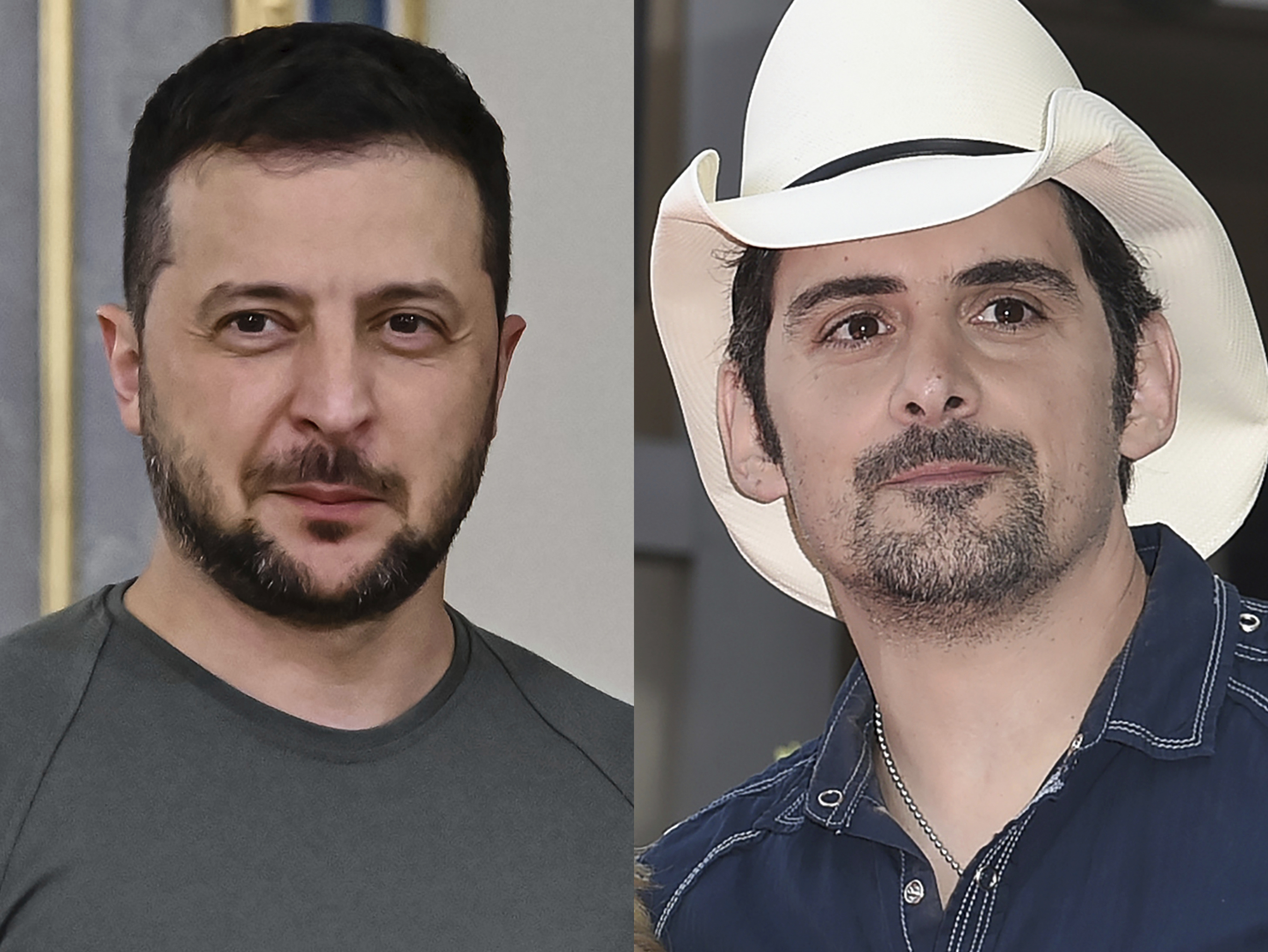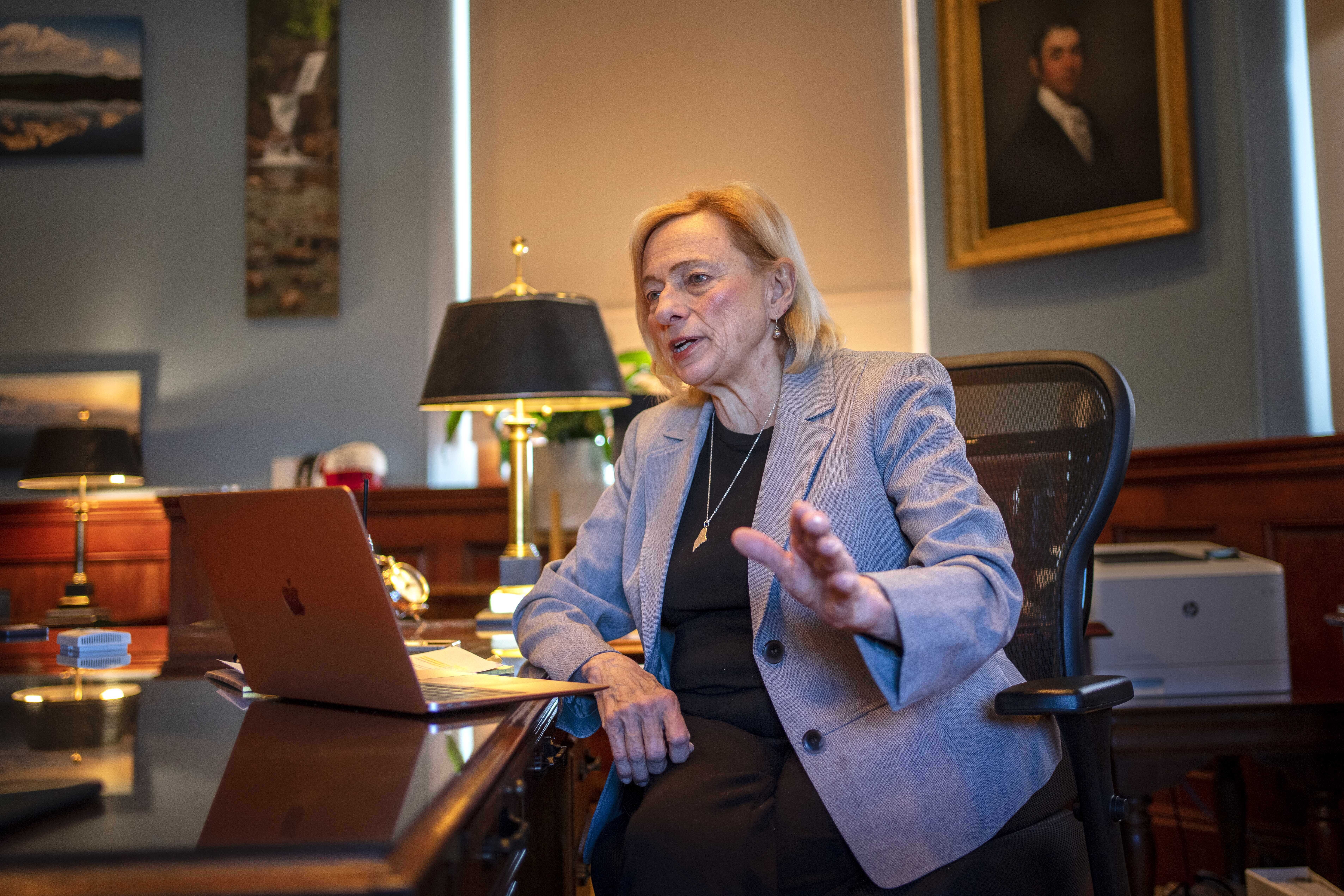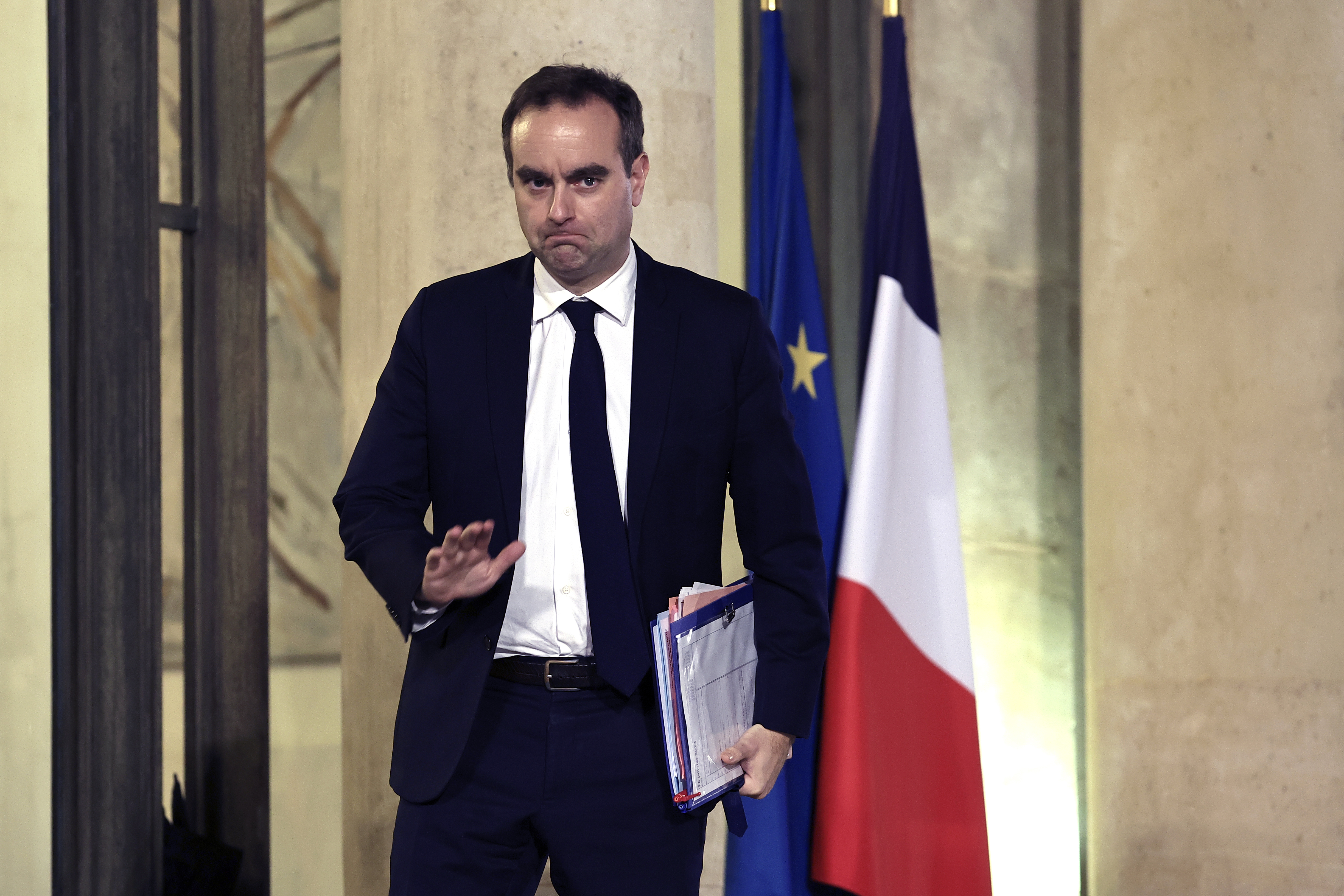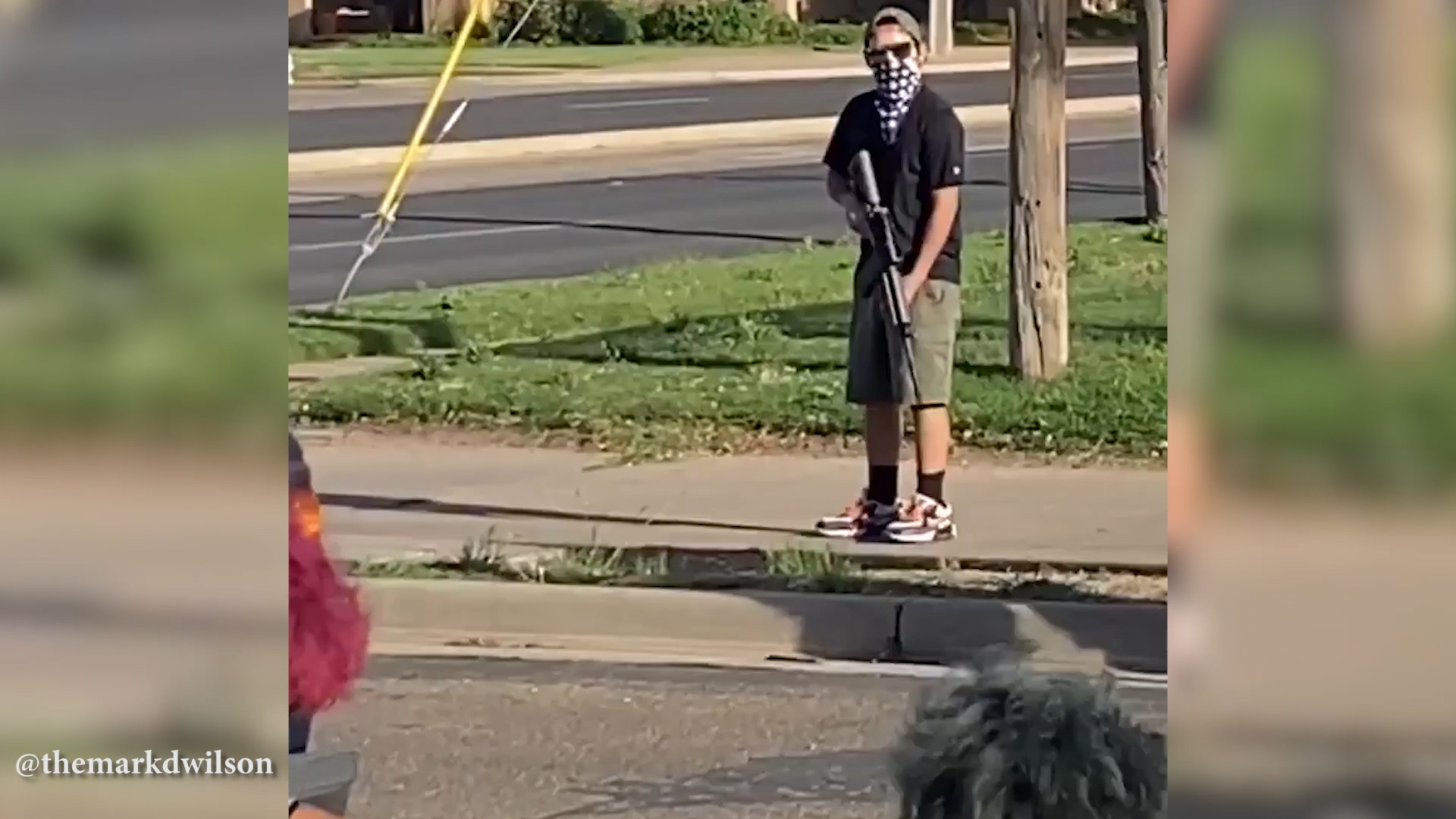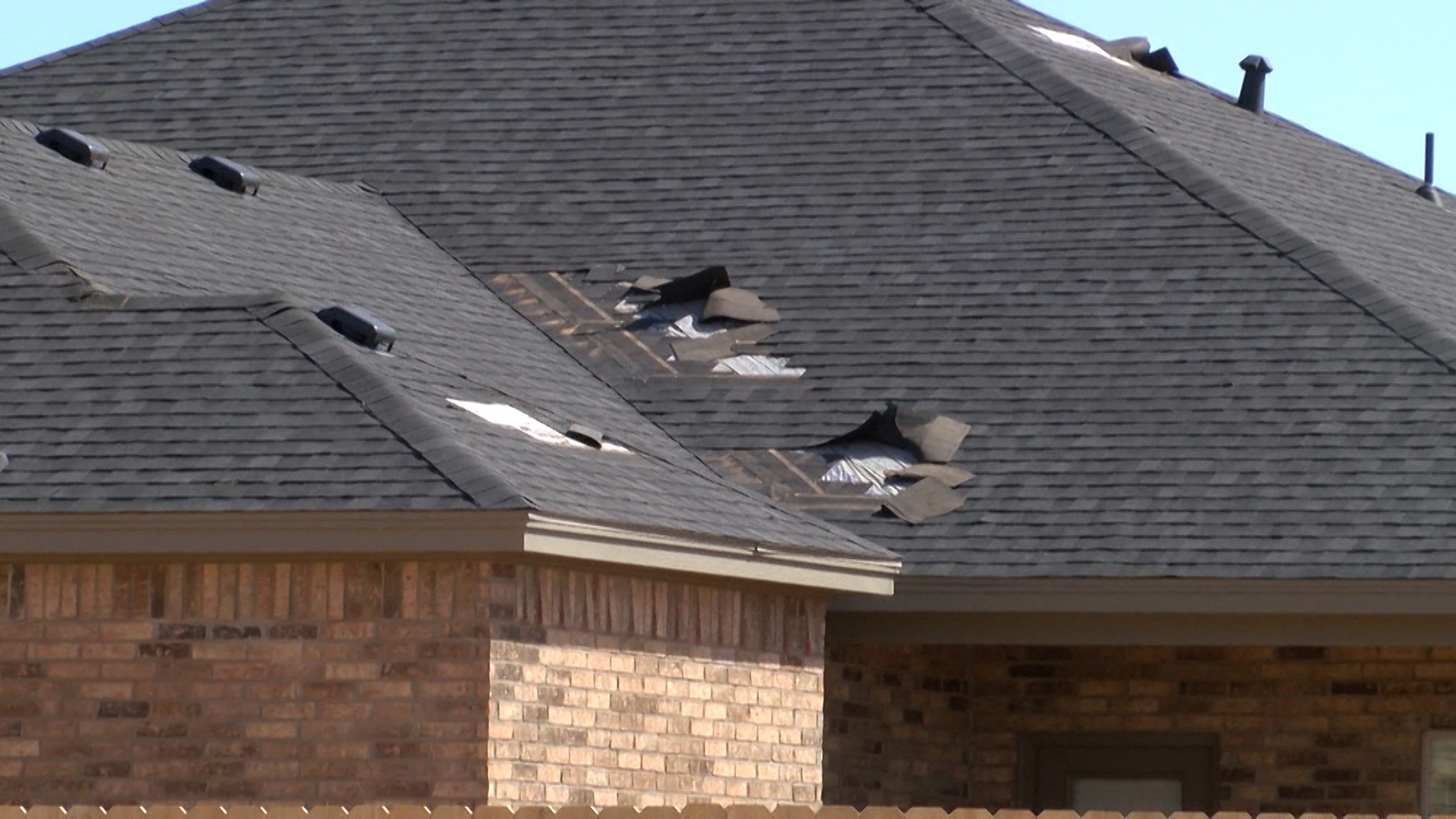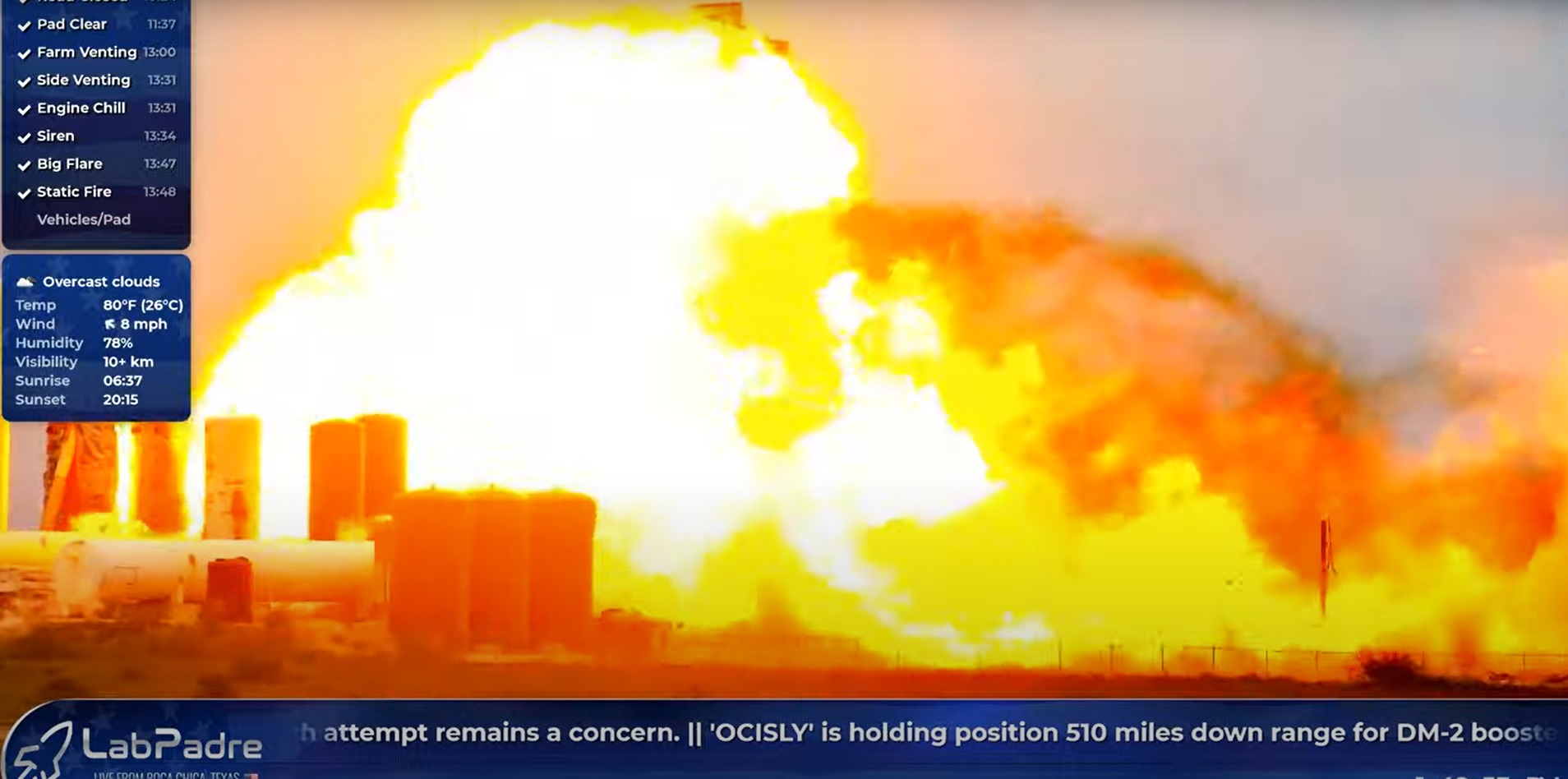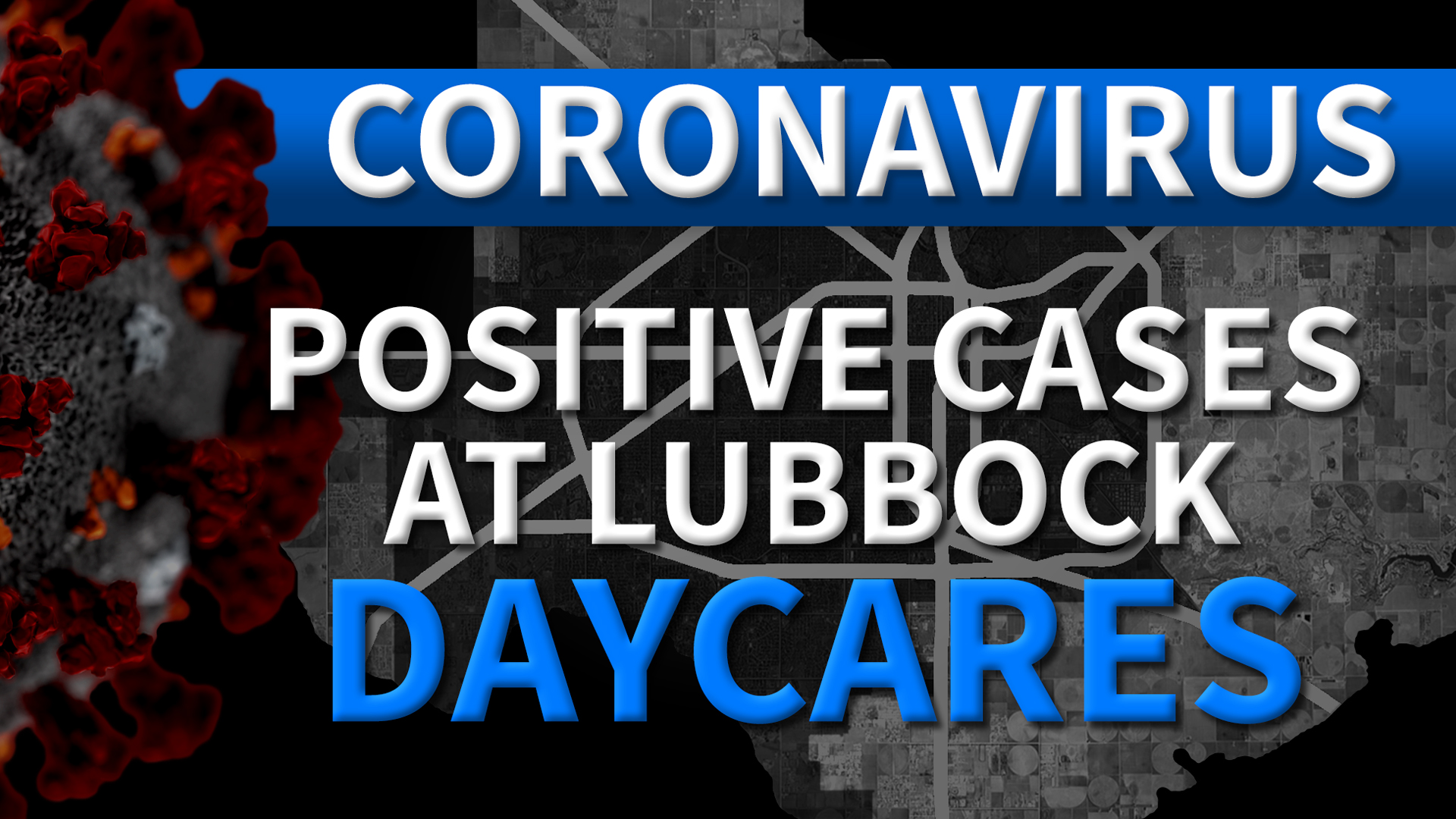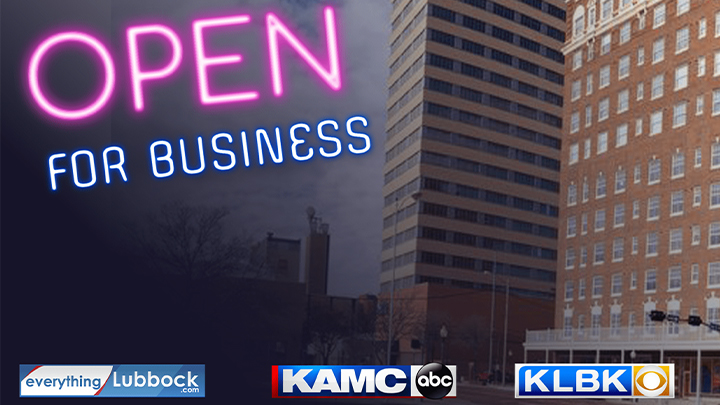McALLEN, Texas (Border Report) — With the Department of Homeland Security now suspending immigration cases for migrants under the “Remain in Mexico” policy through June 1, the rapid processing and expulsion of asylum-seekers by U.S. Border Patrol agents in the field should continue for at least another month.
Currently undocumented migrants who are apprehended entering the United States are being questioned quickly in the field by Border Patrol agents who wear N-95 masks, gloves and other protective equipment to ward against COVID-19. The migrants often are expelled from the country in less than two hours, Border Patrol agents told Border Report.

In-depth processing of undocumented migrants ceased after President Donald Trump on March 20 shut down the Southwest border with Mexico to unnecessary travel and declared a health emergency due to the coronavirus pandemic. Under Title 42 of the Public Health and Welfare Code, “by reason of the existence of any communicable disease in a foreign country” that triggered “a suspension of the right to introduce such persons and property.”
Border agents expelling undocumented immigrants upon apprehension
Mexico currently is not receiving expelled migrants from other countries who are now being put on deportation flights from the United States to their home countries, the majority of which are in Central America.
“Border Patrol agents are not bringing subjects amenable to Title 42 USC 265 into Border Patrol stations. Agents will instead quickly process subjects in the field and transport them to the nearest port of entry for expulsion from the United States. In the event an alien cannot be returned to Mexico or Canada, CBP will work with inter-agency partners to secure return to the alien’s country of origin and hold the alien for the shortest time possible. For those who remain in CBP custody, CBP will, to the extent possible, keep them separated. Symptomatic individuals will be referred to CDC and placed in isolation,” a Border Patrol official wrote in an email in response to questions.
No media ridealongs have been allowed with Border Patrol agents since the March 20 border shutdown, and most agents have been assigned to field duty to help process apprehensions.
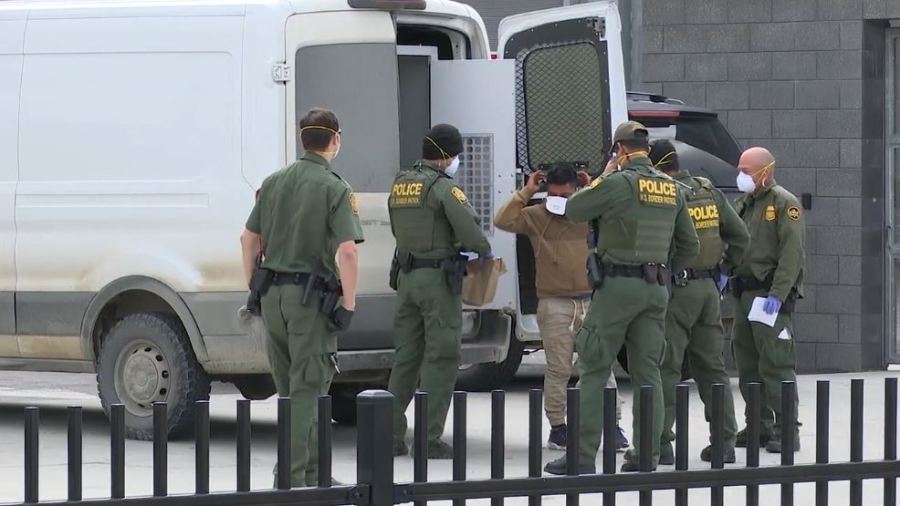
Many Central American countries have criticized U.S. officials for returning migrants with coronavirus. Guatemala last month suspended for a week receiving these flights from the United States due to concerns. In mid-April, Guatemala officials asked that American officials guarantee the health of the migrants before sending them back. One flight reportedly carried 44 migrants with the disease. Now the country’s health officials say they are testing all returned migrants and isolating those from any flights that have the disease.
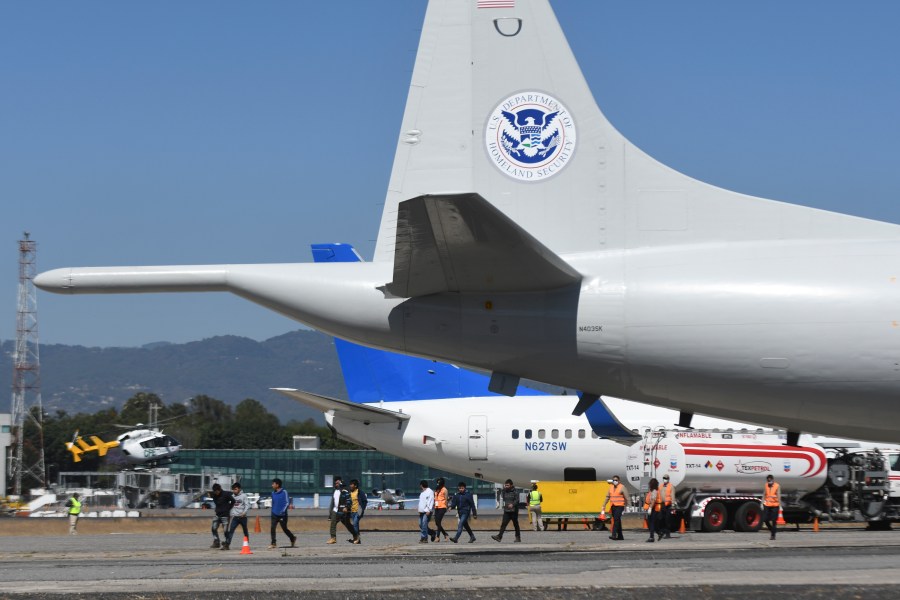
Border Patrol agents say that “migrants are given masks when they are initially encountered in the field and keep them on through the process.”
However, those who are put on deportation flights are usually sent to detention facilities — often either in South Texas or Louisiana — which are crowded and difficult to maintain social distancing, migrant advocates say.
In a joint statement on Thursday evening, DHS and the Executive Office for Immigration Review announced it has extended the temporary postponement of Migrant Protection Protocols (MPP) program, also known as the “remain in Mexico” policy through at least June 1.
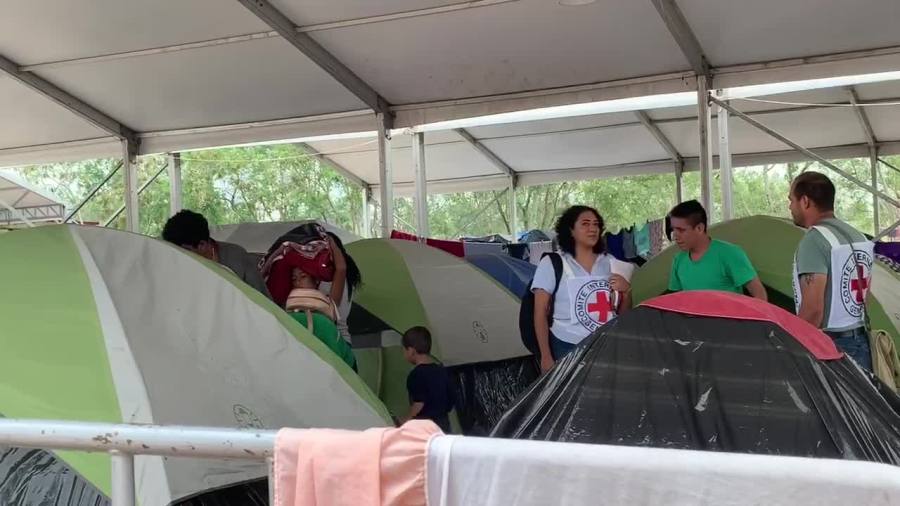
This means that all migrants who are entered in the program — including the 2,000 asylum-seekers living at a tent encampment in Matamoros, Mexico, across the Rio Grande from Brownsville, Texas, must wait several more weeks to present their cases before U.S. immigration judges. It also means that under the current situation migrants will likely not be placed in the program until the current sanctions are lifted, Border Patrol officials said.
Visit the BorderReport.com homepage for the latest exclusive stories and breaking news about issues along the United States-Mexico border.




